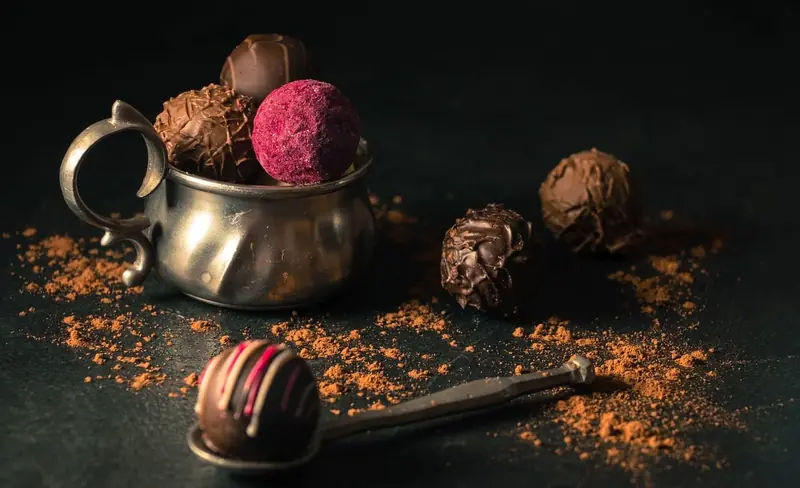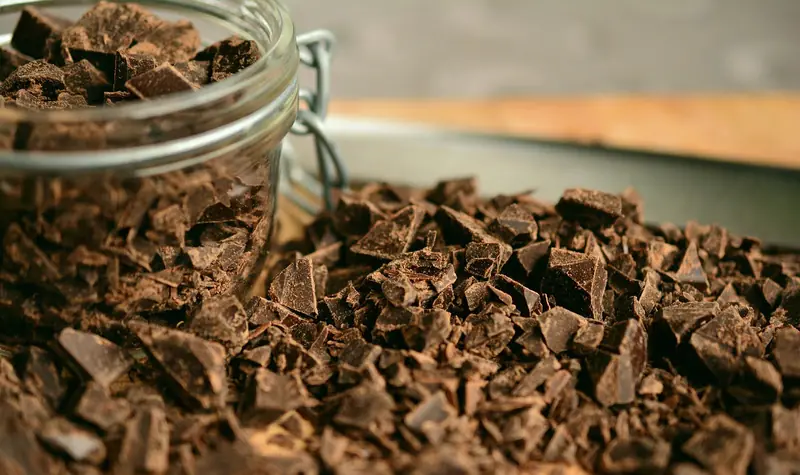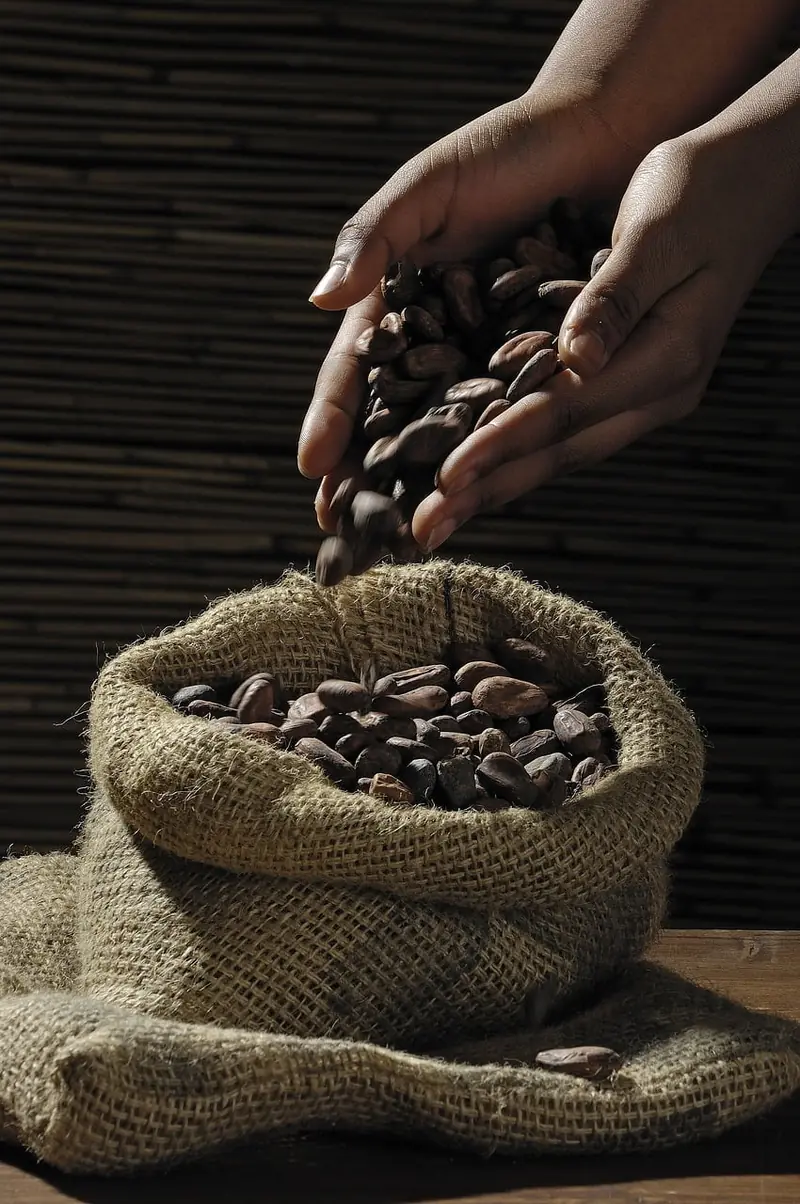
It’s interesting to consider how chocolatiers will respond to this innovation. After all, a product made with new technology must align with the delicate recipes of chocolate confections.
Meanwhile, researchers assure us that this newly invented type of chocolate actually outshines the traditional variety. The essence of the method lies in replacing the unhealthy sugar with plant-based components. Specifically, they used crushed pulp, cocoa pod husks, and juice from cocoa fruits to create a sweet, fibrous gel. As a result, this new chocolate is more nutritious than the conventional kind. Additionally, its production process requires less land and water, as reported by The Guardian.

What Else Is Known About the Invention
Kim Mishra, a food technology expert at ETH Zurich, commented on this culinary breakthrough: “Cocoa fruits are essentially like pumpkins, and until now, we’ve only used the seeds. But this fruit contains many other wonderful substances.”
Interestingly, chocolate is considered one of the most polluting products; its production generates greenhouse gas emissions comparable to some types of meat. Kim Mishra and his colleagues aimed to reduce waste in the chocolate manufacturing process and realized that the product could be made healthier.
Thus, the researchers utilized the waste from cocoa fruits to create a gel that can be added to chocolate instead of the traditionally used powdered crystalline sugar. According to Kim Mishra, this team’s development will help make chocolate healthier and more environmentally friendly. Meanwhile, farmers will gain a new source of income.

Laboratory experiments showed that producing the new chocolate uses 6 percent less land and water. However, the greenhouse gas emissions contributing to global warming were found to be 12 percent higher, as the new method required additional drying, which demanded more energy.
Nevertheless, scientists believe there is a solution. They assert that by scaling up production processes, drying the raw materials in the sun, or using solar panels, harmful emissions can be significantly reduced.
Alejandro Marangoni from the Department of Food Science at the University of Guelph (Canada) noted that this intriguing discovery now needs to be validated through a pilot project. He also reminded us that farmers in tropical countries typically receive only a small fraction of the profits from the $100 billion chocolate industry. Since the processing of pulp should occur in the countries where cocoa is grown, the greatest benefits will likely be observed there.

But what about the taste? Kim Mishra shared that the lab-produced chocolate is “mostly identical” to dark chocolate in texture and resembles aromatic dark chocolate from South America. “The sweetness releases in the mouth a bit more slowly than if you were eating traditional dark chocolate, and the juice has more fruity notes and acidity.”
The findings of the study were published in the journal Nature Food.
